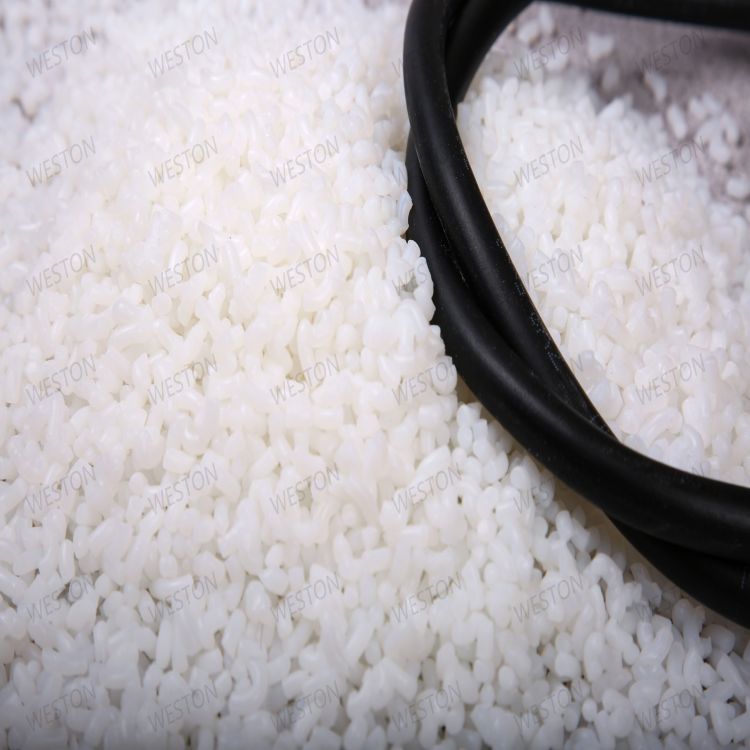-
Categories
-
Pharmaceutical Intermediates
-
Active Pharmaceutical Ingredients
-
Food Additives
- Industrial Coatings
- Agrochemicals
- Dyes and Pigments
- Surfactant
- Flavors and Fragrances
- Chemical Reagents
- Catalyst and Auxiliary
- Natural Products
- Inorganic Chemistry
-
Organic Chemistry
-
Biochemical Engineering
- Analytical Chemistry
- Cosmetic Ingredient
-
Pharmaceutical Intermediates
Promotion
ECHEMI Mall
Wholesale
Weekly Price
Exhibition
News
-
Trade Service
8.
2.
5.
7 Selection of analysis conditions
(1) Enzymatic hydrolysis
Trenbolone and 19-nortestosterone are often stably combined with proteins and other substances in the samples, and the literature mostly uses β-glucuronidase /arylsulfatase hydrolysis
.
However, the enzymolysis conditions are different (including the amount of enzyme, enzymolysis temperature and time, different buffer systems and pH, etc.
)
(2) Extraction and purification
Solid-phase extraction technology is a relatively effective purification method.
This method has been tested on silica gel column, C 18 column, mixed column, immunoaffinity column and C 18 -amino column in series.
The results found that C 18 column, silica column, The purification effect of the mixed column is not good, even if the C 18 -amino column series method is used to process the sample, the spectrum obtained by HPLC-MS still interferes, as shown in Figure 8-16
.
However, the Trenbolone/19-ethylene nortestosterone immunoaffinity column not only has a good purification effect, but also is easy to operate and has a high recovery rate.
Therefore, this method uses an immunoaffinity column to purify the sample
Figure 8-16 The total ion current after C18-amino column series treatment
(3) Selection of instrument conditions
1) Selection of chromatographic column and mobile phase
Using 0.
1% acetic acid aqueous solution and acetonitrile as the mobile phase, when the volume ratio is 38:62, the four substances can be effectively separated on the Inertsil ODS-3 (2.
01mm×150mm, 5μm) column
.
A 0.
1% acetic acid aqueous solution can ionize four analytes
2) Determination of monitoring ions
According to the general requirements of mass spectrometry, first perform a full scan of each compound, and then determine the monitoring ion for each compound, and use the selected ion mode to improve the detection sensitivity
.
The determination of the monitored ions is selected according to the mass spectrum and structural characteristics of each compound, as shown in Figure 8-17
.
Figure 8-17 The full scan image of the four analytes and the schematic diagram of the monitoring ion determination







